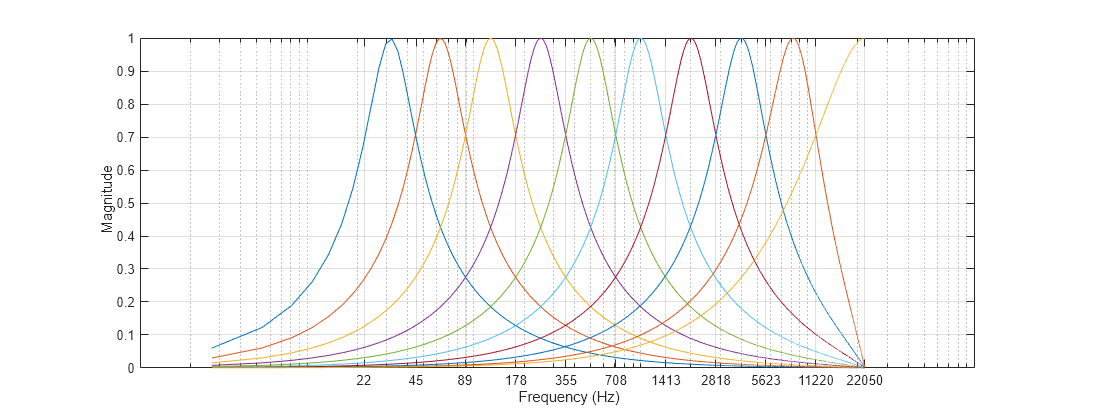getBandedgeFrequencies
Get filter bandedges
Syntax
Description
[
returns the center frequencies of the filters designed by bandEdges,centerFrequencies] = getBandedgeFrequencies(obj)obj.
Examples
Input Arguments
Output Arguments
Version History
Introduced in R2019a
